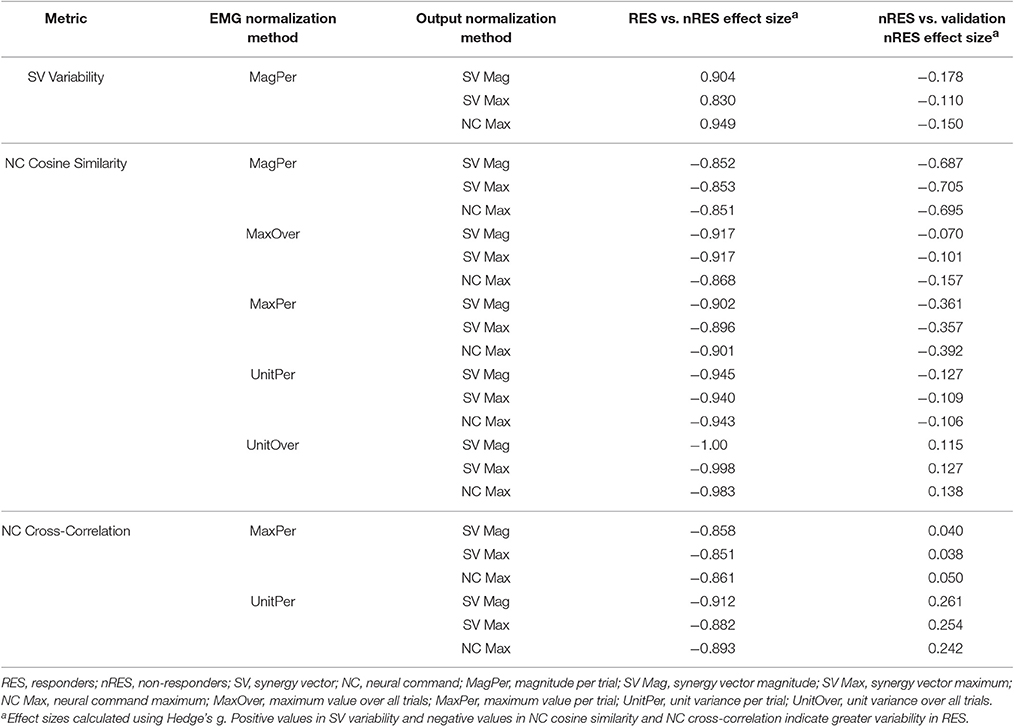

Muscle synergies may represent the bottom of a hierarchal neural control framework. The supporters of muscle synergies defined muscle synergy as a vector specifying a pattern of relative muscle activation, and the absolute activation of each synergy is presumed to be modulated by a single neural command signal. Muscle synergy is one of the many hypotheses attempting to offer solutions or models that deal with the DOFs problem. The brain is supposed to coordinate the large number of degrees of freedom (DOFs) in the musculoskeletal system and overcome the complexity of limb dynamics to achieve a variety of behavioral goals. The innovative quantitative results of this study can help us to better understand muscle synergy abnormality in CP children, which is related to their motor dysfunction and even the physiological change in their nervous system.Ī fundamental question in the study of neuroscience is to understand how the central nervous system (CNS) organizes motor actions and movements. SCA scores of the CP group (57.00 ± 16.78) were found to be significantly less (p < 0.01) than that of the control group (AD group: 95.74 ± 2.04 TD group : 84.19 ± 11.76). The proposed SCA scale demonstrated its great potential to quantitatively assess the lower-limb motor dysfunction of CP children. Specifically, CP children were found to recruit muscle synergies with a larger difference in structure and symmetry between two legs of one subject and different subjects. Fewer mature synergies were recruited in the CP group, and many abnormal synergies specific to the CP group appeared.

There existed larger variations between the muscle synergies of the CP group and the AD group in contrast with the TD group. In view of muscle synergy differences in number, structure and symmetry, a model named synergy comprehensive assessment (SCA) was proposed to quantify the abnormality of muscle synergies.

A nonnegative matrix factorization algorithm was used to extract muscle synergies. Surface electromyographic (sEMG) signals were collected bilaterally from eight lower limb muscles of the subjects during forward walking at a comfortable speed. Twelve CP children were involved in this study, ten adults (AD) and eight typically developed (TD) children were recruited as a control group. To explore the mechanism of lower extremity dysfunction of cerebral palsy (CP) children through muscle synergy analysis.


 0 kommentar(er)
0 kommentar(er)
